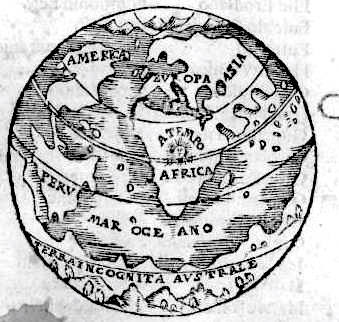This course surveys the history of book production in the early modern world (1400-1800), from the invention of moveable type in Asia to the development of printing in Europe and across the Americas, as circulation of the printed codex grew in tandem with global imperial expansion. Taught at the John Carter Brown Library with access to the Library’s world-class collection of Americana, we will examine the book trade, the early years of book production in Latin America and the Philippines, and the broader place of books, maps, and printed materials in colonial American life in the Northern and Southern hemispheres.
The course will be held at the John Carter Brown Library and will be taught collaboratively by Neil Safier, Hannah Alpert-Abrams, and Stijn van Rossem.
While the course content will be broad, over the semester each student will be responsible for working with a single volume from the JCB collection, selected from a list compiled by JCB staff.
Unit 1: The Nature of the Book
What is a book? What are the historical processes that created the book as we know it, what values inform the way we understand book history, and what alternative forms of bookishness are there? What histories and voices are embedded in the creation of the book, and what methods can we use to uncover those pasts?
Unit 2: Books in Context
Who makes books? What kind of work is involved in the process of creating, circulating, reading, and preserving books? How do we study those people and their impact on books and on history, and what can this kind of research tell us about history?
Unit 3: The Future of the Book
What happens when books take on new forms and enter new kinds of media? What is a book in film, a book in music, a book online? How does remediation reshape the book, and what kinds of futures does it enable for the study of book history?
